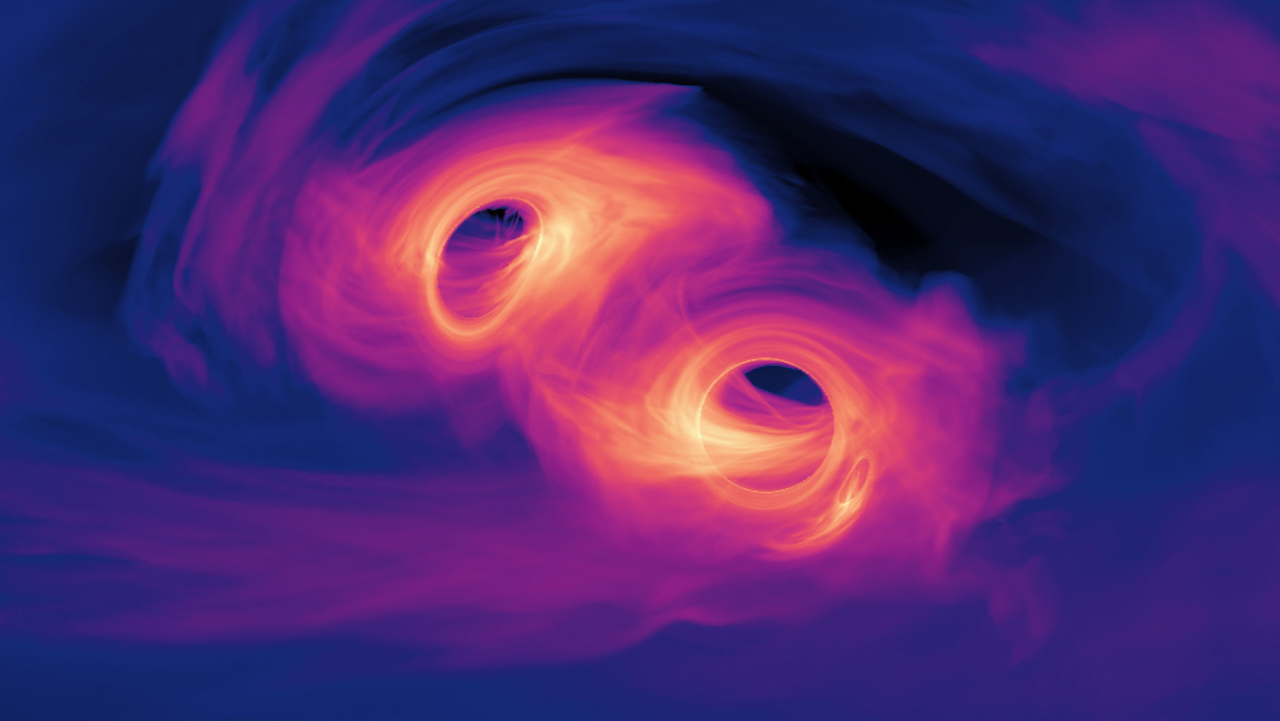Consumer-grade AI is finding its way into people’s daily lives with its ability to generate text and images and automate tasks. But astronomers need much more powerful, specialized AI. The vast amounts of observational data generated by modern telescopes and observatories defies astronomers’ efforts to extract all of its meaning.
Continue reading “Astronomy Generates Mountains of Data. That’s Perfect for AI”Astronomy Generates Mountains of Data. That’s Perfect for AI










![Artist’s impression of one of the two stars in the FU Orionis binary system, surrounded by an accreting disk of material. What has caused this star — and others like it — to dramatically brighten? [NASA/JPL-Caltech]](https://www.universetoday.com/wp-content/uploads/2020/02/PIA20689_fig1.jpg)